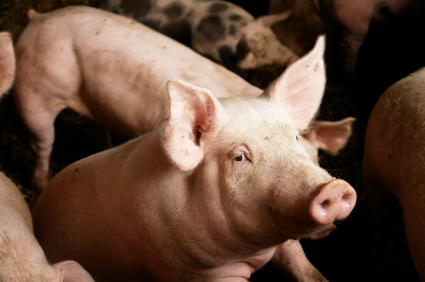James Island’s grisly connections with the slave trade draw thousands of tourists to this shrinking patch of Gambia each year. In high season as many as a hundred tourists a day take small, motorized pirogues out to this tiny island and hire guides from nearby villages to explain the horrors once endured there.
The island was used as a staging point for the slave trade. Hundreds of men, women and children were kept in dark and overcrowded houses around the edge of the island. There was a dungeon not more than 10 foot by six foot where up to 24 of the most troublesome slaves would be chained. Slaves were kept on the island for up to a month before a boat would arrive and ship them to Goree Island in Senegal from where they would make the crossing of no return across the Atlantic to the Americas.
Today James Island holds a ruined fort, a few baobab trees and a little jetty built for the tourists. There is no room for anything else because most of the island has been lost to erosion and rising sea levels in the tidal estuary. The slave houses have fallen into the sea and it is difficult to imagine the island was ever big enough for a garrison and hundreds of slaves at a time.
Gambians are doing their best to make something out of the country’s slave history. Alex Haley’s book Roots made a village not far from James Island famous and now visitors are swamped by offers from local guides to show them the sites. UNESCO has made James Island a world heritage site and all the hotels and tour operators offer ‘Roots’ tours to the island.
The guides at James Island don’t just show tourists around. They are also trying to protect the island from further erosion. If they are not successful, in the long term this testament to the horrific history of the slave trade will be lost.
It is a cruel double blow that, historically, Gambian people were exploited by the European powers as slaves, while today climate change, caused mostly by the developed world, is threatening a key way of generating income, much needed for the country’s development.


